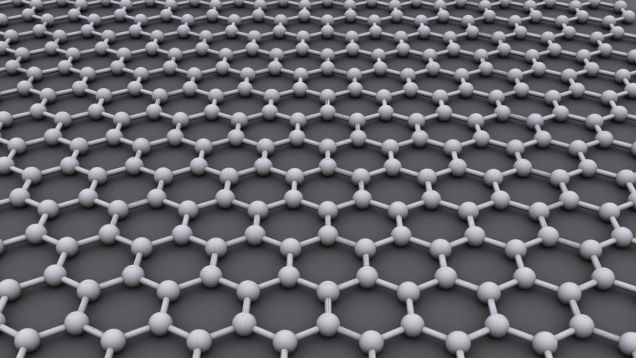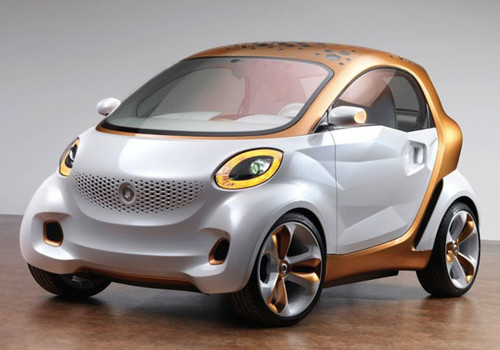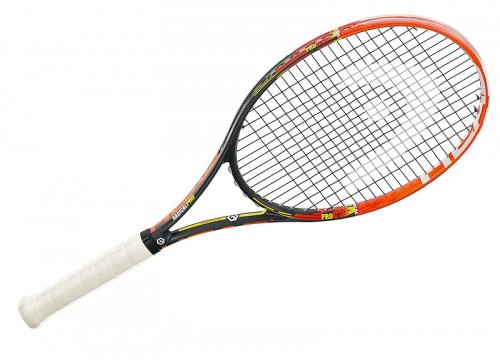How Graphene has made the pencil mightier than the sword…
They say the pen is mightier than the sword. Well, thanks to a new 'wonder material' it seems it's the humble pencil that could truly give us the mightiest manufacturing weapon of all. We are of course referring to Graphene, the so-called supermaterial that stems from humble beginnings but packs an enormous punch in the productivity stakes.
This complex material was first discovered by Nobel Prize in Physics winners, Andre Geim and Konstantin Novoselov, by using another household object – sticky tape – to peel off layers of Graphene from graphite and has since been recreated using a kitchen blender. We kid you not! But mighty oaks from little oaks grow and, thanks to its prolific properties, Graphene is touted as the next big thing.
What is Graphene exactly?

The Guardian reports, “Whereas graphite is a three-dimensional crystalline arrangement, Graphene is a two-dimensional crystal only an atom thick. The carbons are perfectly distributed in a hexagonal honeycomb formation only 0.3 nanometres thick, with just 0.1 nanometres between each atom.”
Though there are elements of weakness to be ironed out, the EU has set aside a reported $1.3 billion (or €1 billion) towards its development over the next decade. Already European manufacturers, such as UK-based Applied Graphene Materials and Spanish firms Avanzare and Graphenea, are forging ahead with developments.
The rewards are significant according to the Guardian. They add that, “Graphene conducts electricity better than copper. It is 200 times stronger than steel but six times lighter. It is almost perfectly transparent since it only absorbs 2% of light. It is impermeable to gases, even those as light as hydrogen or helium, and, if that were not enough, chemical components can be added to its surface to alter its properties.”
How is Graphene being used in products already?
Graphene applications are yet to saturate the mass market but a few notable innovations, some of which are rolling out of the labs and plants of the world's biggest tech firms, give us a snapshot of things to come.
Here are some of our favourites:
IBM circuitry for wireless devices
IBM boffins have turned silicon integrated circuit fabrication on it's head by adding Graphene transistors as the final component of an integrated circuit. In essence that ensures the delicate material survives intact and fully able to realise it's potential to transmit data way faster and much more cheaply than silicon-based chips. “Our demonstration has the potential to improve today’s wireless devices’ communication speed, and lead the way toward carbon-based electronics device and circuit applications beyond what is possible with today’s silicon chips,” according to carbon technology research scientist Shu-Jen Han of IBM Research.
BASF and Daimler's 'Car of the Future'

Chemicals giant BASF and automotive manufacturers Daimler showcased the Smart forvision electric at the Frankfurt Motor Show in 2011. The dinky runaround packed quite a punch in the sustainable technologies department. As well as high tech features like 'transparent organic solar cells' and 'infrared-reflective films for glazing' the forvision employs Graphene in its e-textile seating materials.
According to BASF, “E-textiles are composed of tailored conductive layers which are applied directly to textiles using a novel coating process developed by BASF. This air-conditioning technology allows large surface areas to be heated quickly and evenly, enhancing passenger comfort. Graphene prevents the material from overheating in the event of mechanical damage.”
HEAD Graphene Radical tennis racquets
He may have super-human endurance and speed around the court but Andy Murray has another weapon in his arsenal. Graphene racquet technology. HEAD has optimised the weight distribution in its marquee racquets by using Graphene to produce a lightweight shaft, allowing weight to be shifted to the head and grip where it's needed most. “This unique construction provides players with an unmatched maneuverability and an increased swingweight,” they say. “In other words, a racquet with Graphene is easier to swing and enables even more powerful shots.”
What do you think; is Graphene the 'wonder material' of the future? Or will those inherent weaknesses lead scientists and researchers back to the drawing board...with a sharpened pencil?!
Get the latest process industry news
Interested in receiving even more industry-leading news from Process Industry Forum delivered directly to your inbox? Then sign up to our free newsletter. Bringing you the latest news, trends, innovations and opinion from across the process industry, our exclusive newsletter gives you all the industry insights of the moment in one, easy-to-digest bulletin. Stay ahead of the competition with regular process industry news instalments from PIF.

